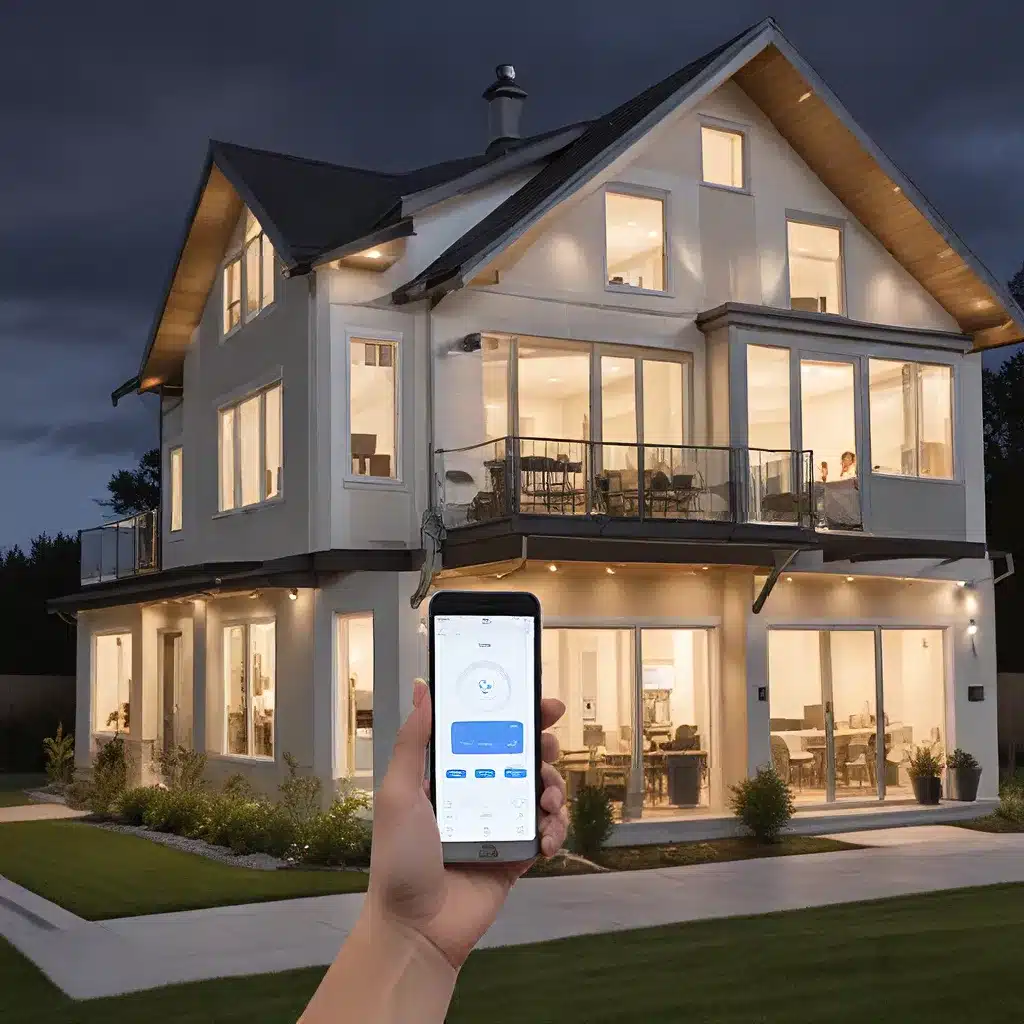
In the age of connectivity and smart technology, the Internet of Things (IoT) has emerged as a game-changer in the realm of home automation. By interconnecting devices and appliances, IoT enables homeowners to create intelligent, responsive environments that enhance comfort, convenience, and energy efficiency.
The Rise of Smart Home IoT
Smart home IoT stands out as a beacon of innovation and opportunity in today’s rapidly evolving technological landscape. As more and more households embrace the convenience, security, and efficiency of interconnected devices, the home automation market is experiencing exponential growth. Revenue in the smart home IoT market is expected to grow from USD 15.44 billion in 2024 to USD 60.47 billion by 2031, fueled by increasing consumer demand for products that simplify and optimize daily living.
A smart home or building is a residence that uses internet-connected devices to enable residents or homeowners to automate, control, and optimize various aspects of home management, such as energy consumption, security, and entertainment. This trend reflects the comfort, security, efficiency, and convenience that consumers are seeking, presented as an all-in-one technology solution.
The Role of Sensor Technologies
At the heart of smart home automation is seamless connectivity and integration facilitated by IoT technology. By connecting various devices and systems through a centralized hub or platform, homeowners can control and monitor their homes’ functions remotely via smartphones, tablets, or voice commands. From lighting and thermostats to security cameras and smart appliances, IoT enables interoperability and communication between disparate devices, creating a cohesive ecosystem that adapts to the homeowners’ preferences and lifestyle.
Sensor technologies play a crucial role in this ecosystem, enabling smart home devices to sense and respond to various environmental conditions, such as occupancy, temperature, humidity, and air quality. Motion sensors, temperature sensors, and environmental monitors capture data and detect changes in the home environment, empowering smart home systems to enhance safety, comfort, and energy efficiency.
Enhancing Comfort and Convenience
IoT-powered smart home automation offers unparalleled comfort and convenience for homeowners by automating routine tasks and simplifying daily routines. Through intelligent scheduling, sensors, and predictive algorithms, smart homes can adjust lighting, temperature, and ambiance based on occupancy, time of day, or environmental conditions.
For example, smart thermostats can learn residents’ preferences and automatically adjust the temperature to maintain a comfortable environment, even anticipating changes in weather or occupancy patterns. This level of automation not only enhances the overall living experience but also promotes energy efficiency by optimizing resource usage.
Improving Energy Efficiency
Smart home IoT technology is a game-changer when it comes to energy efficiency. By utilizing sensors, data analysis, and automation, smart home systems can adjust energy consumption based on occupancy, time of day, and user preferences, optimizing energy usage and reducing waste.
Intelligent energy management systems can monitor and control the operation of HVAC, lighting, and other home appliances, ensuring that energy is used efficiently. Smart home IoT also enables remote monitoring and control, allowing residents to optimize energy use even when they are away from home.
Enhancing Home Security
In addition to comfort and efficiency, smart home IoT also offers enhanced security for homeowners. IoT-enabled security systems, such as smart cameras, door locks, and motion sensors, provide real-time alerts and remote monitoring capabilities, enabling homeowners to monitor and secure their homes from anywhere.
These systems can be integrated with other smart home devices, creating a comprehensive security ecosystem. For example, motion sensors can trigger smart lights to turn on, deterring potential intruders, while smart locks can provide remote access control and record entry and exit activity.
Challenges and Considerations
While the benefits of smart home IoT are numerous, there are also challenges and considerations that must be addressed:
Interoperability: Ensuring seamless communication and compatibility between diverse IoT devices and systems can be a significant challenge, requiring careful selection and integration of compatible components.
Privacy and Security: Concerns about data privacy and the potential for cyber threats must be addressed through robust security measures and transparent data-handling practices by device manufacturers.
Reliable Connectivity: Smart home IoT systems rely on stable internet connectivity and power supply to function properly, which can be a concern in areas with unreliable infrastructure.
Complexity: The initial setup and configuration of a comprehensive smart home IoT system can be complex and time-consuming, requiring technical expertise or professional assistance.
The Future of Smart Home IoT
As the smart home IoT market continues to grow, future trends include advancements in artificial intelligence (AI) and machine learning for personalized automation, integration of augmented reality for enhanced user interfaces, and the emergence of smart city initiatives that incorporate IoT technologies for urban living.
These developments will further streamline household management, improve security and safety, and enable personalized experiences tailored to individual preferences and lifestyles. The potential of smart home IoT to transform the way we live, work, and interact with our environments is truly exciting and full of promise.
To stay at the forefront of this rapidly evolving field, visit sensor-networks.org for the latest news, insights, and cutting-edge developments in the world of sensor networks and IoT.